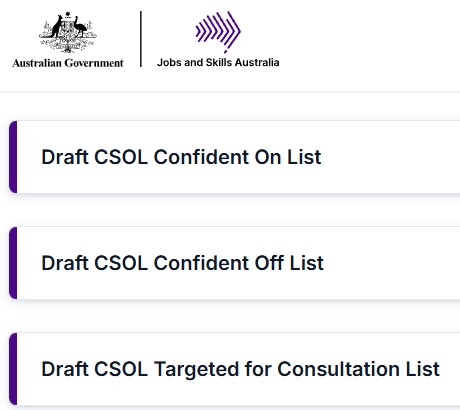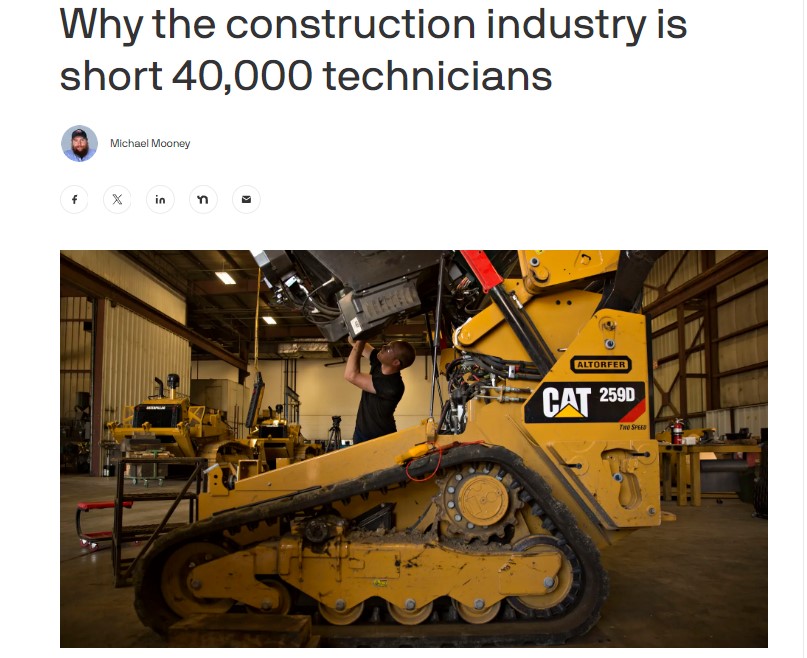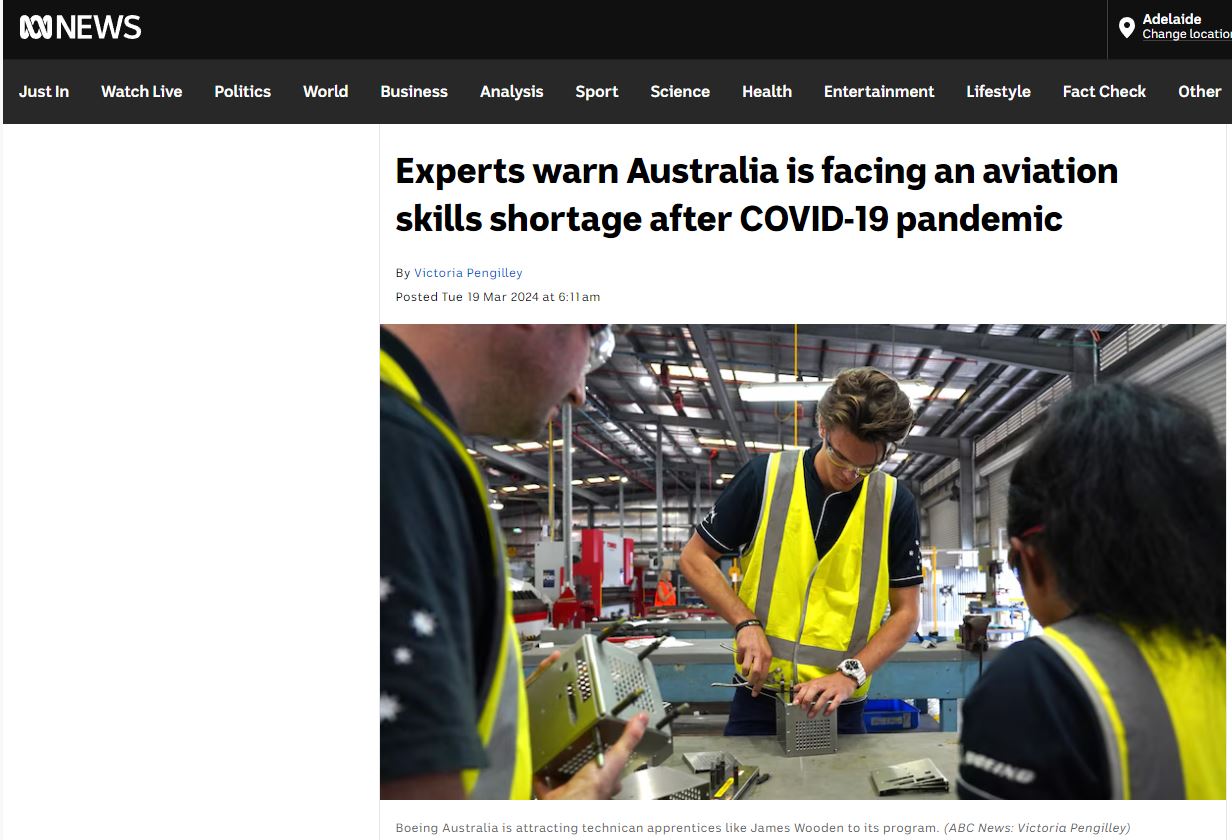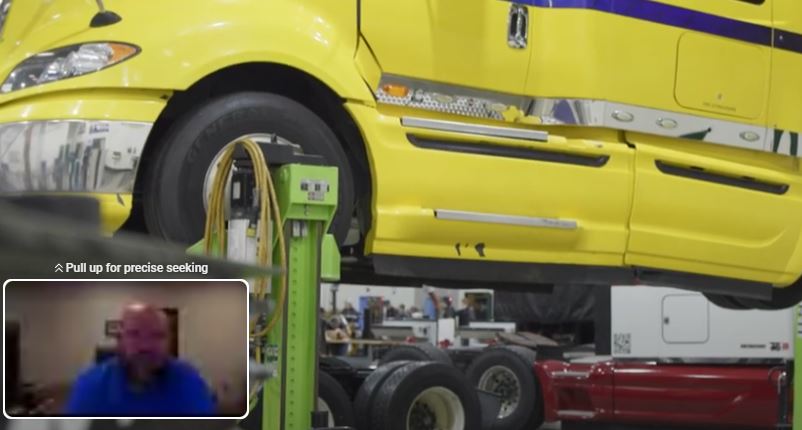Australian Government Jobs and Skills Australia – Draft Core Skills Occupations List (CSOL) for Consultation
“Whether an occupation is recommended by JSA to be included on the CSOL in its final advice will be determined by reference to two key criteria:
The JSA Skills Priority List, developed using an in-depth analysis of business recruitment activity and an extensive range of other economic data, as well as significant input through submissions from meetings with businesses, unions, industry associations, state and territory governments and a wide range of other stakeholders.
Analysing whether migration is an appropriate path to address the identified shortages includes considering whether migrants stay in their nominated occupations in the years after arrival, how important sponsored skilled visa holders are to the workforce relative to total employment and job vacancies, the pipeline of graduates from the Australian education and training sectors, and the market salary for occupations.
There are over 700 occupations in scope for potential inclusion on the CSOL. While JSA has grouped these occupations into three categories for the purposes of undertaking stakeholder consultation, all occupations are open for consultation. To date, while the majority of stakeholder inputs have related to the ‘targeted for consultation’ group, JSA has also received stakeholder inputs with respect to both the ‘confident on list’ and ‘confident off list’ groupings, all of which we are considering before finalising our advice to Government.
Some occupations must be included on CSOL in line with Australia’s existing Free Trade Agreements.”
Draft CSOL Confident On List
Draft CSOL Confident Off List
Draft CSOL Targeted for Consultation List
(c) Australian Government Jobs and Skills Australia
Employers you can get further help and Information by messaging us here or email SkilledMigrationGroup@protonmail.com
Website: https://www.AustralianTrades.com/
Website: https://AustralianImmigrationVisas.com.au/
https://www.facebook.com/groups/AustralianVisasMigration/
https://www.linkedin.com/in/AustralianTradesRecruitVisas/
Text/Phone 0413124717



 Skills shortage continues to impact the Australian construction industry – a vital contributor to the country’s GDP and economic growth – with just a little over half of trade apprentices completing their training.
Skills shortage continues to impact the Australian construction industry – a vital contributor to the country’s GDP and economic growth – with just a little over half of trade apprentices completing their training.